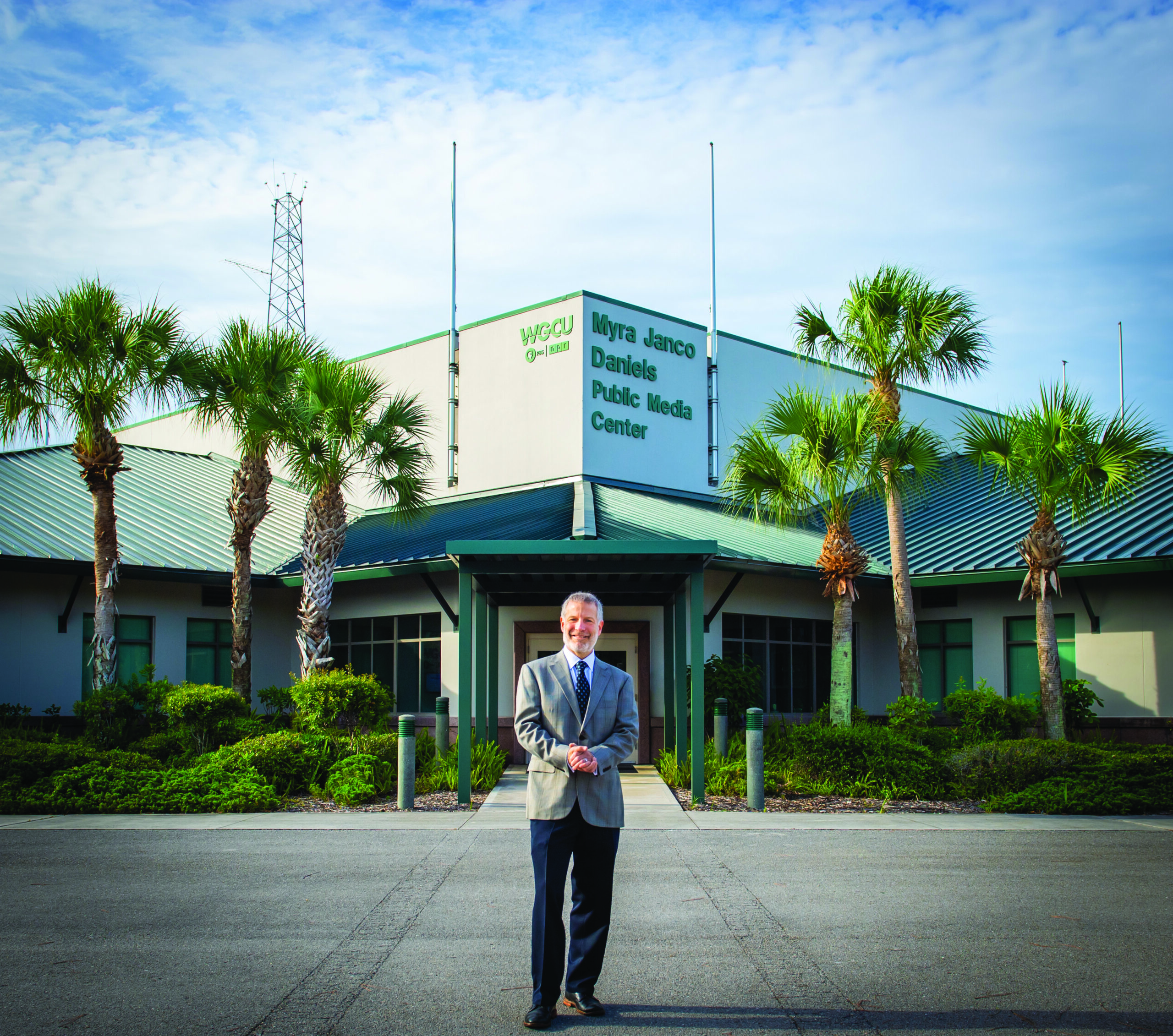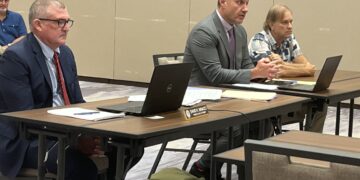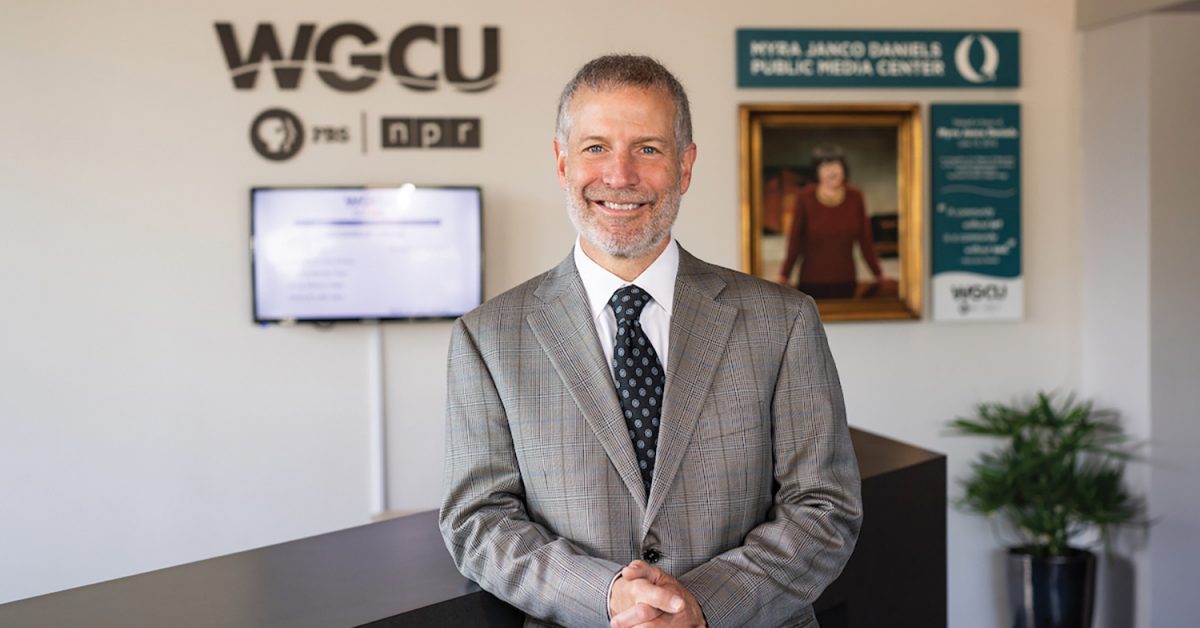“Downton Abbey.” “Sesame Street.” “Mister Rogers’ Neighborhood.” “Firing Line” with William F. Buckley. “The MacNeil/Lehrer Report,” which became “PBS NewsHour.” “Wall $treet Week with Louis Rukeyser.” “Car Talk.” “Fresh Air.” These are only some of the programs presented by public broadcasters PBS Television and NPR Radio in recent decades.
Both entities have been in the news since the U.S. House of Representatives recently cut federal funding for The Corporation for Public Broadcasting. Resources already earmarked for 2026 and 2027 have been cut in Congress’ latest budget-trimming efforts. To understand the ramifications, it helps to know how the system operates and what makes it different from commercial stations.
CPB is the conduit through which public radio and television stations secure a percentage of their working capital. It defines itself as “a private, nonprofit corporation authorized by Congress in 1967. It functions as the custodian of the federal government’s investment in public broadcasting, helping support more than 1,500 locally managed television and radio stations. It also funds education research nationwide.”
Its mission is to provide universal access to content and services that educate, inform, foster curiosity and strengthen America’s civic health, according to the CPB.
Here in Southwest Florida, WGCU Public Media is the steward of this mission, operating both TV and radio stations serving the region. General Manager Corey Lewis spent the past few months, together with other leaders, appealing to lawmakers in Washington, D.C., to avoid the cuts. But on July 18 the House trimmed $9 billion in public media funding and foreign aid, supporting a plan endorsed by President Donald J. Trump, along party lines.
“Half of the voters in our population rely on WGCU for their news,” Lewis said. “But we are also in the safety business. Many don’t realize the emergency services provided by the public broadcast signal.”
The Florida Public Radio Emergency Network is the state’s emergency network which uses the public broadcast signal to air alert and emergency news notifications regionally.
“I remember a woman who increased her yearly membership amount after Ian,” Lewis said. “She had been hiding in her closet during the hurricane which devastated our region in 2022. The only source of information she gathered was through a battery-operated radio transmitting our signal. WGCU Radio was the only contact to the outside world that many Floridians had during this crisis period.”
In addition to weather emergency alerts, the public broadcast signal also provides a pathway for other civic services.
“There is free access to crucial information riding on the back of our signal,” Lewis said. “Amber Alerts, government emergency services communications, etc. The internet does not need to be operating. This is over-the-air emergency information.”
 Beyond federal funding, WGCU has a loyal, cultured viewership, many of whom support the stations financially. But for some in rural areas served by WGCU, the only symphony they will hear is on PBS. The only opportunity to travel abroad is via over-the-air programming provided by the public broadcasting service. It is a resource that opens minds for those unable to access broader cultural opportunities.
Beyond federal funding, WGCU has a loyal, cultured viewership, many of whom support the stations financially. But for some in rural areas served by WGCU, the only symphony they will hear is on PBS. The only opportunity to travel abroad is via over-the-air programming provided by the public broadcasting service. It is a resource that opens minds for those unable to access broader cultural opportunities.
The cuts “will jeopardize many stations’ ability to go forward,” Lewis said. “We are lucky here in Southwest Florida with our public and private support. But the CPB funds vary by state and region, based on need. We only rely on the CPB funding for 13 percent of our operating budget, but for smaller markets, they rely on this revenue.”
Former WGCU GM Rick Johnson agrees with his successor.
“The vote will have by far the greatest impact on rural communities for whom public television and radio stations provide critical and sole information, education and lifesaving emergency notification,” he said.
Another opponent of cuts is Robert Hilliard, a longtime Sanibel resident and former broadcasting executive. Hilliard was present in 1967 when President Lyndon B. Johnson signed the CPB into law.
Having recently turned 100, Hilliard stressed what public broadcasting doesn’t have.
“Public radio and TV stations are the only broadcasting outlets in America free from control by advertisers, self-serving owners and other special interests,” he said. “The elimination of funding for CPB will seriously reduce the availability of unbiased news and have a negative impact on the educational, cultural and artistic growth of our country.”
PBS and NPR use a different broadcast model than commercially sponsored channels. Without the stress of competition or the interruption of advertisements, CPB has the ability to provide long-form analysis and entertainment rather than snippets and sound bites.
The majority of funding comes from viewers and private funding. The amount allocated to CPB is “so minuscule in the national budget overall that it is leaving some wondering why this cut was considered so necessary,” Lewis said. “Across the board, what they give is $1.60 a year for every taxpayer. That’s 0.0043 cents a day.”
He added that 17% of preschoolers have only PBS educational programs at their preschool. With no PBS, there is less access to preschool education.
A Peak Insights poll conducted last month shows 53% of respondents oppose eliminating federal funding. The survey also shows that information gathered on a public broadcast platform is more widely trusted than other media outlets. Only 35% of voters trust media in general, but 53% trust what they hear on public stations.
Renowned PBS contributor Ken Burns spoke on the subject after the House made the cuts. He referred to public broadcasting as “The Declaration of Independence applied to communication.”





